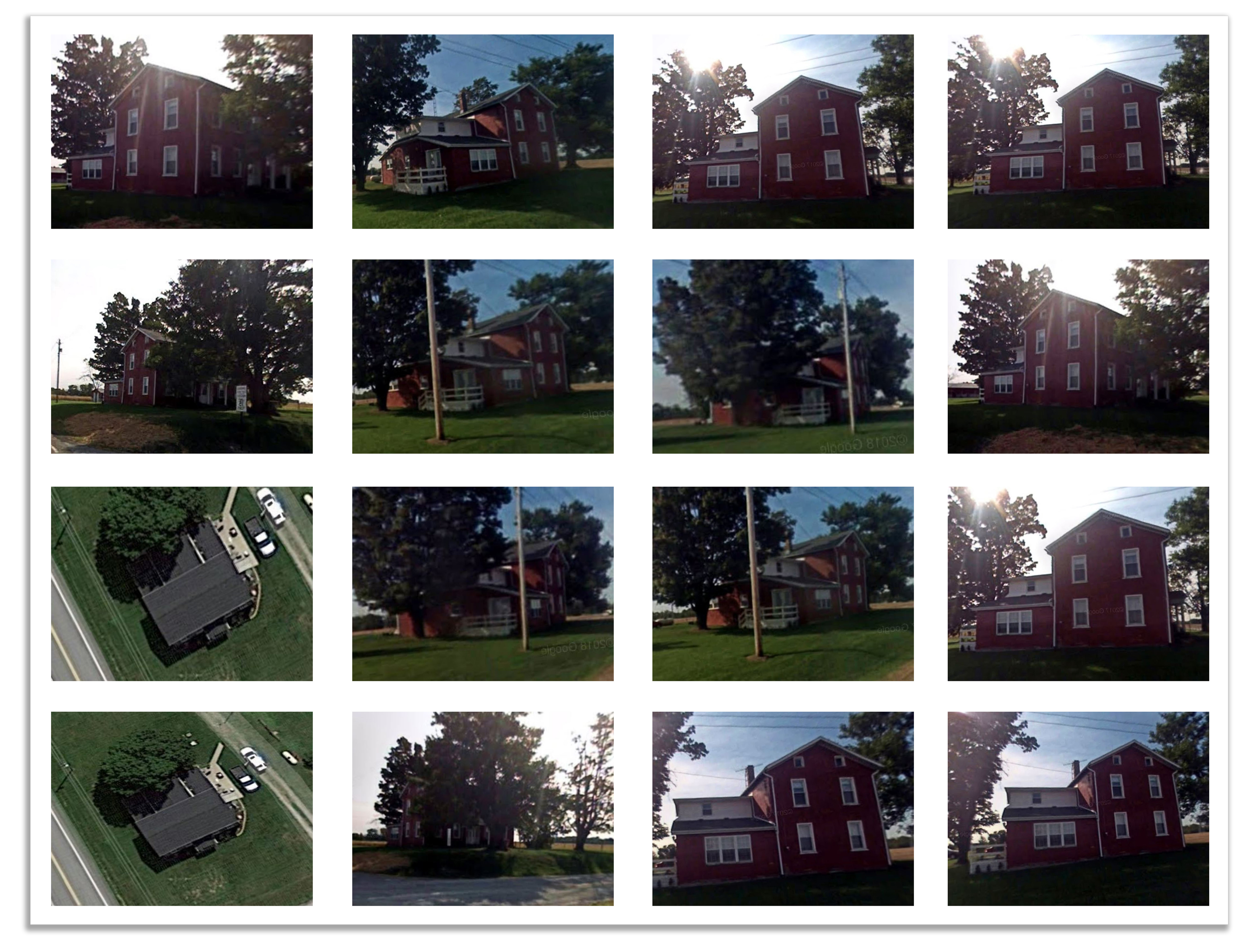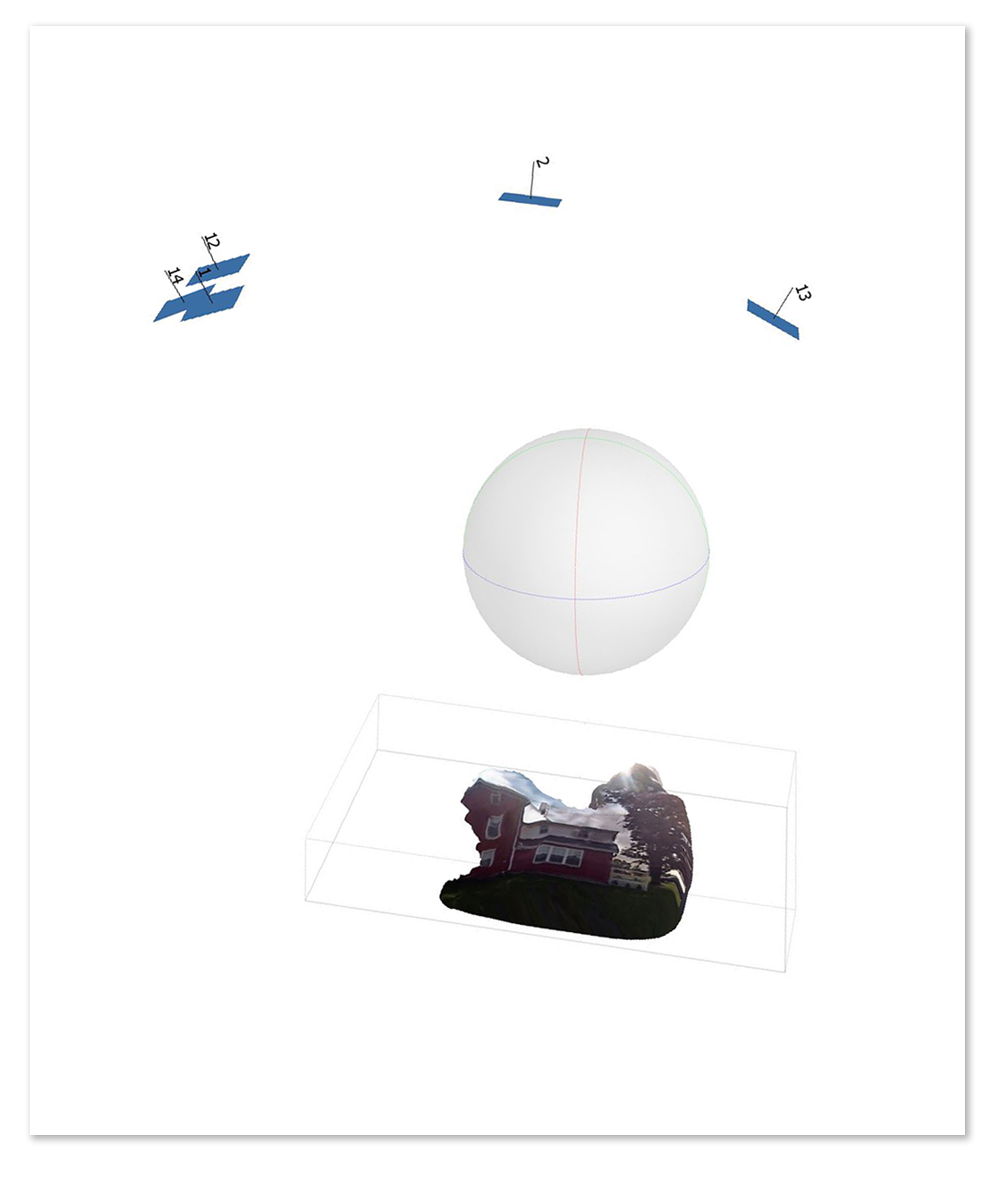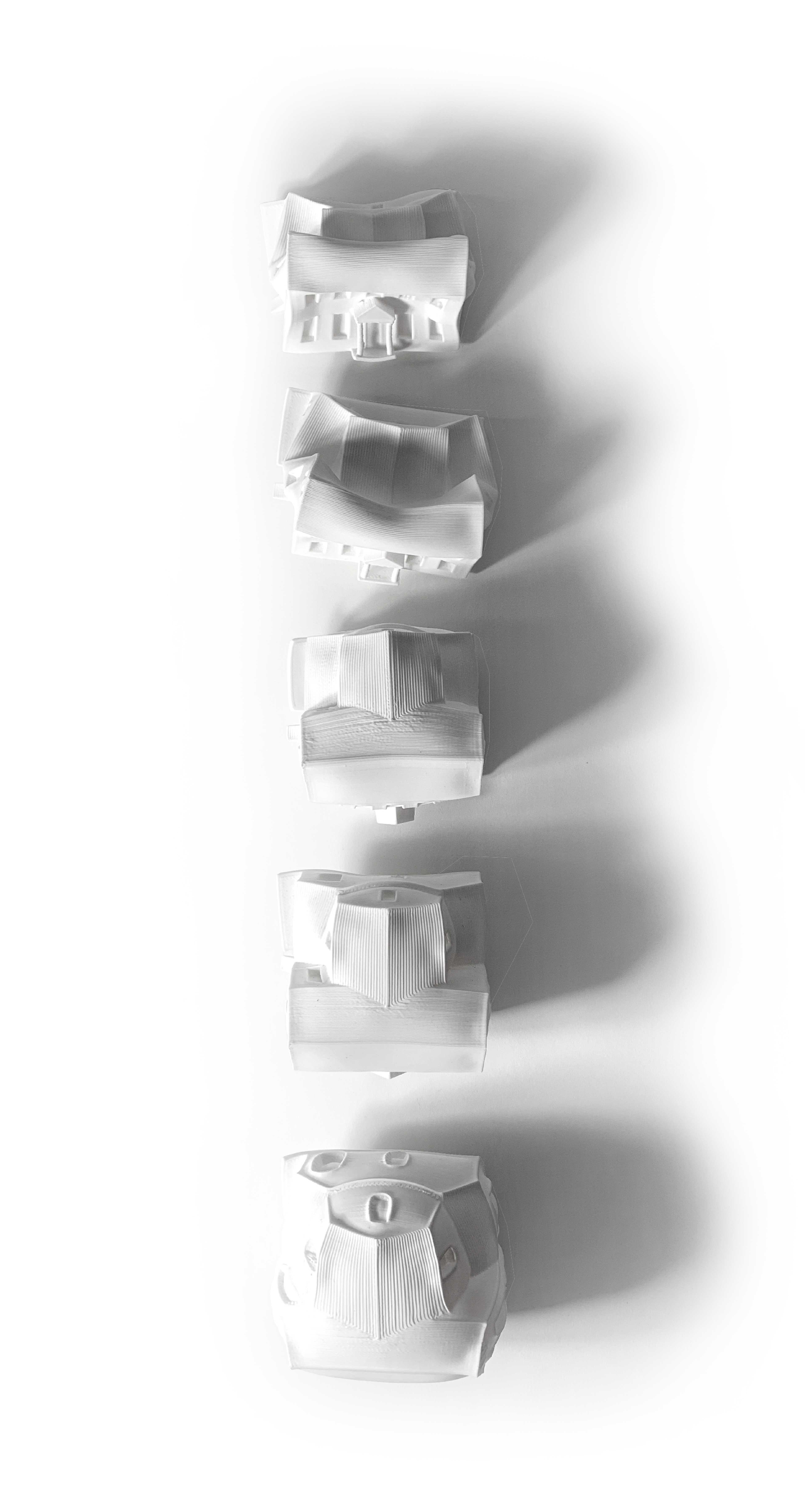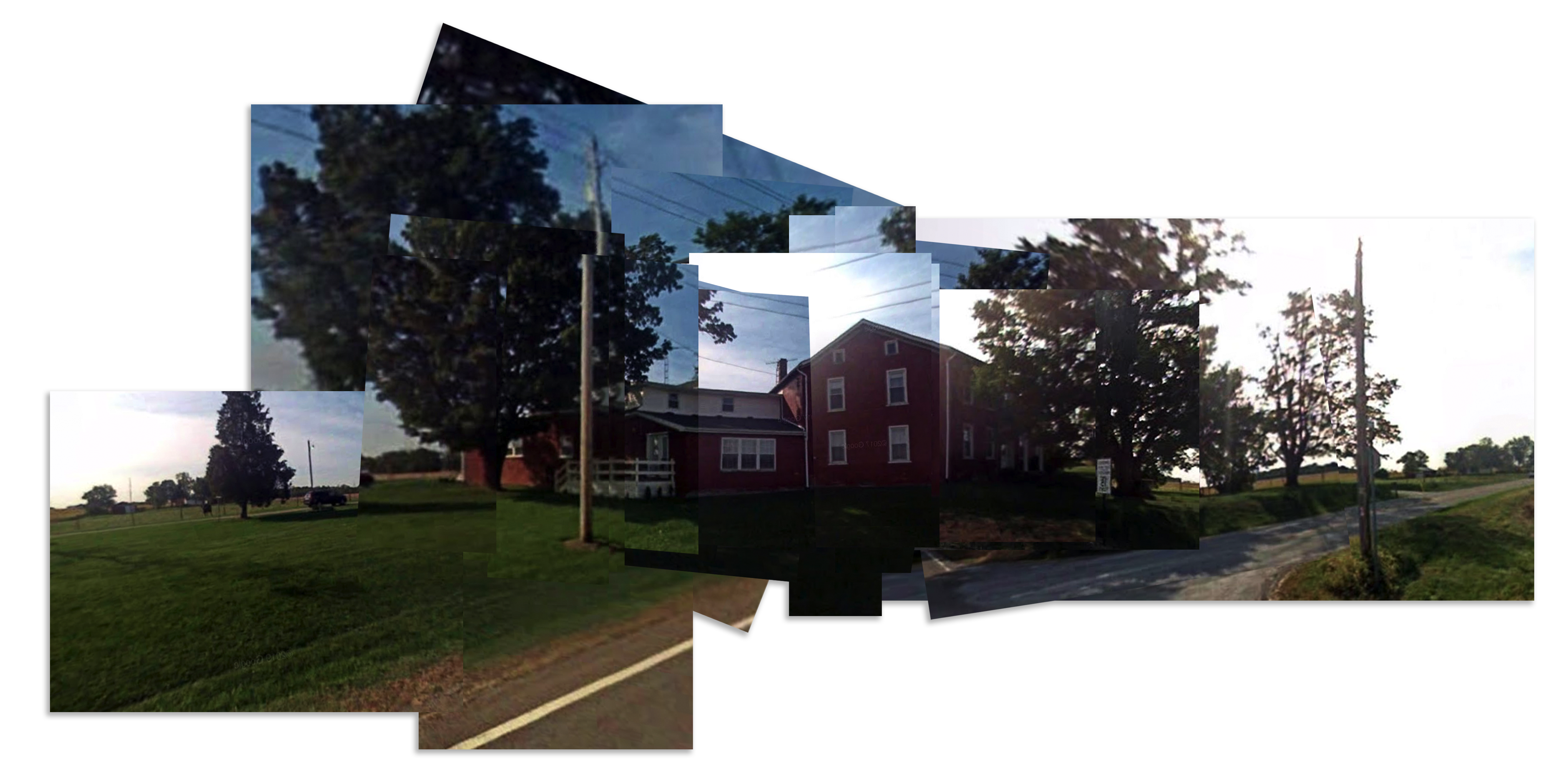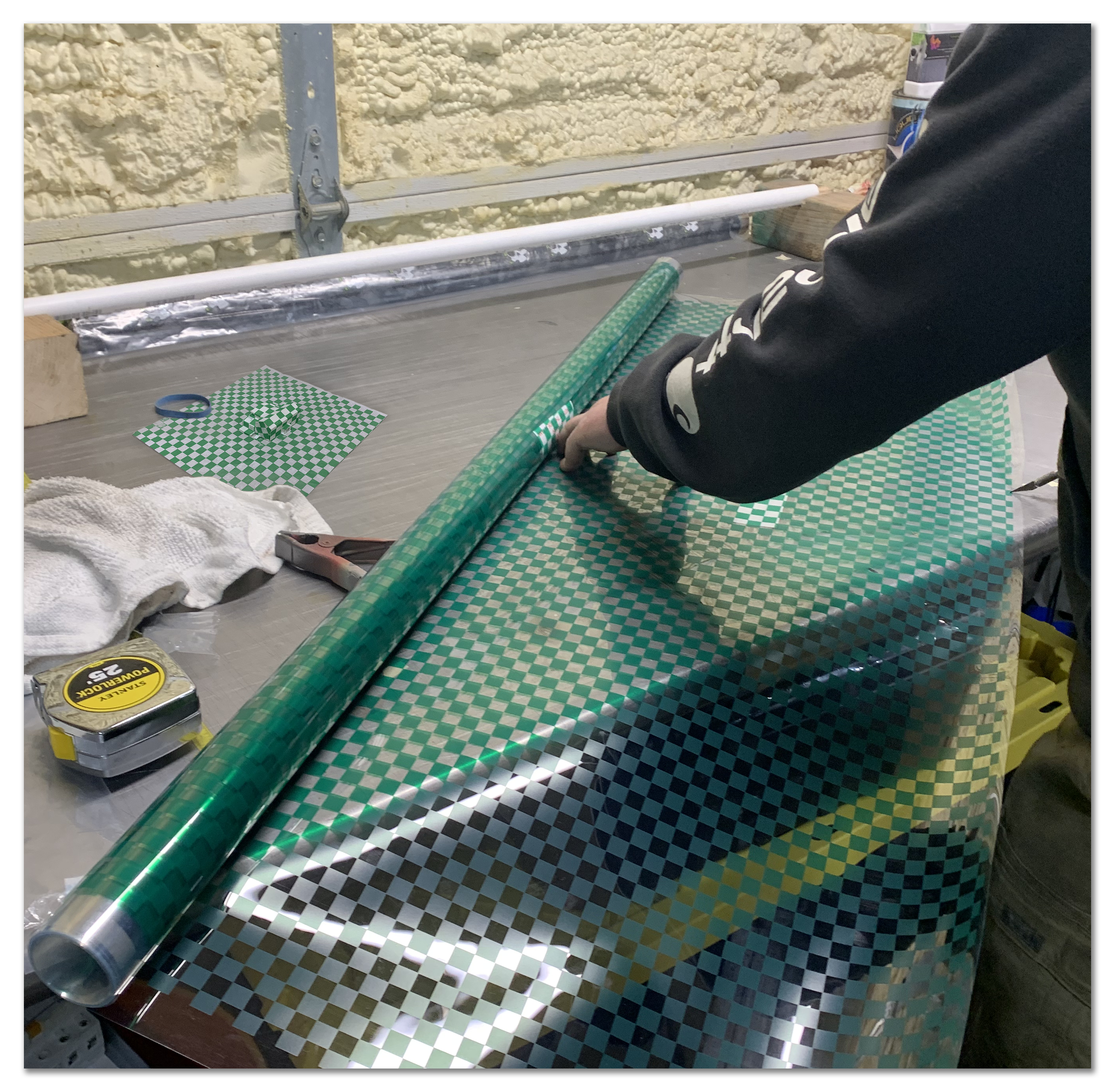Recently ‘Bob McNeel’ sent an email blast inviting us to try “The new Rhino 7 WIP render engine [which] improves realism.”With so many of us seduced by realism, it may be challenging to disentangle the discrepancies between our digital models and the physical environment. Meanwhile, the transaction between the digital model and applied graphic (texture map) is left unchallenged by the discipline due to the value they add to the rendered image, perpetuating the conceit that photorealism is real.
Of course, faux realism (texture mapping) is not just a deception architects subscribe to, but one that other disciplines do as well. For example, let's examine one of the graphic surface's closest allies, the woodie station wagon, a simulated woodgrain texture applied to the side panels of a car popularized in the 1960s. Here the wooden texture is literalized through a stylized imitation of wood made possible by sheet-vinyl appliques and hydrographics. Although the discipline may initially dismiss such incongruities between the texture map and its material composition, these characters confront the gap between the computationally described object and the digitally constructed surface. That said, literalism – somewhat ironically – prevents realism from deceiving so much.
[ Home ]

Digital Duck
